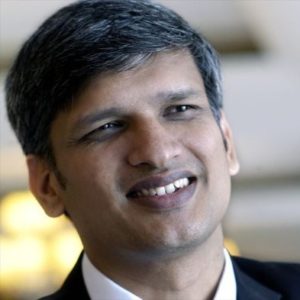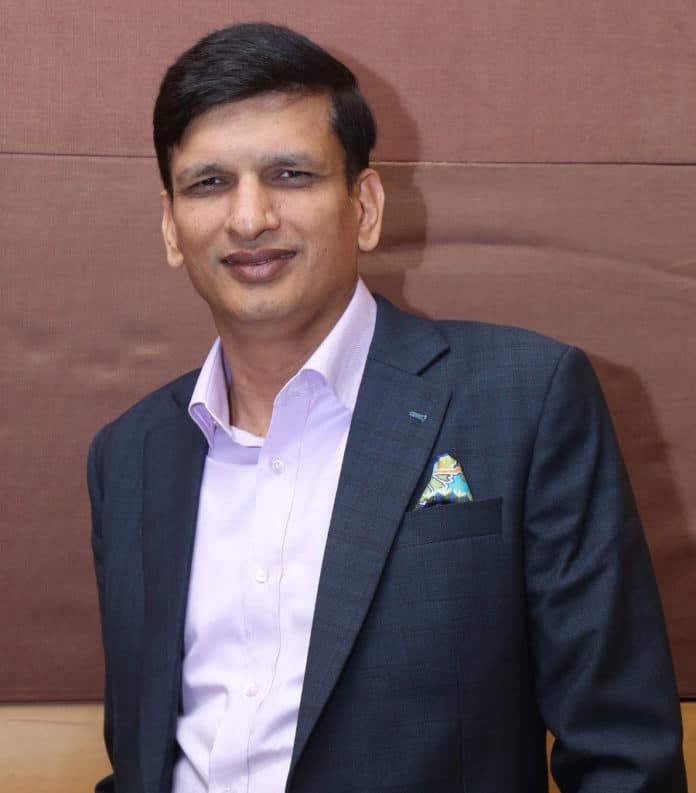Nokia advises enterprise customers on how to evaluate the scalability of the IoT platform they procure and calculate the number of interfaces they will require in order to successfully incorporate IoT into their business. Samar Mittal, VP, software, India market, Nokia, talks to Baishakhi Dutta about certain things that should be kept in mind while evaluating an IoT solution.

Q. In your opinion, which are the top three technologies that are shaping the future of IoT and how are they doing so?
A. One is the edge cloud. We believe only around 1 to 2 per cent of sensor data needs to travel all the way to the central cloud for further interpretation and analytics. This applies to most critical applications like remote surgery, autonomous cars, and even factory automation in certain situations.
The second technology is artificial intelligence and machine learning. There is all this information, analytics, use cases and data being generated in, for instance, the health industry, based on which actions can be taken. Or in the manufacturing industries that generate a lot of field information, such as how a particular supply chain is being run.
And of course, the last technology is the sensors, where it all begins. IoT is as good as the information being provided through sensors, which need to be small and pretty good in terms of accuracy, depending upon where they’re being used.
Q. Do you see open source technology playing an important role in IoT?
A. Open source technologies, from an application space or an API space, will play a significant role. That’s where the Impact platform becomes relevant. Given the fragmentation in the IoT market with a multitude of device vendors and the vast app ecosystem, interoperability between various solutions is not possible with proprietary platforms. This necessitates the need for a standards-driven open source platform because you will never have a single protocol sensor talking to a platform. When we talk about application providers, open source apps become very relevant. And with the ease offered by our Impact platform, developers do not need to learn about all the protocols or the interfaces that sensors are using to provide data. So use cases will be implemented faster and, at the same time, the platform can be scaled across various sensors.
Q. What would be your suggestions to customers evaluating an IoT solution?
A. Within the IoT market, we are still in the initial stages of building the business models that will be relevant. But the most important thing is the selection of the platform; it needs to have as many interfaces as possible to enable the sensor technology. If you only have one or two interface-based platforms, then you’ll get limited by the sensors that you can select, not only for the current use cases but also for the use cases or devices that will emerge in the future. So, technology selection is important.
My second piece of advice will be to check how scalable the analytics engine in an IoT platform is, in order to support growing traffic and connectivity, apart from evaluating how secure the platform is. And of course, you should evaluate the various services that can be offered, because once the platform is installed, it will not operate on a ‘one size fits all’ basis. Every use case will demand a separate way of being handled, with regard to the services and the implementation.
[emaillocker]
Q. What would be your advice to today’s IoT entrepreneurs?
A. We believe that what will help develop the ecosystem and benefit the industry is if entrepreneurs developing innovative sensor solutions focus on making them more resilient, smaller and capable of carrying as much information as possible within the smallest span of time. The latency and the accuracy of the sensor will be the starting point for the ecosystem, and innovation in this space can lead to a lot of benefits, apart from just lower costs. That’ll be one area that entrepreneurs can look into and contribute further to, because the scale will be very high compared to where we are right now.
The second piece of advice is with regard to APIs and their use cases. With this community programme, people are coming together through the evolution of technologies—NB-IoT, private LTE solutions, 5G, etc—so when developing applications, we need to ensure that we have the solutions for the current market as well as for the market that will evolve in the next five to ten years. A lot of applications can be developed efficiently. The time to market can be short, depending on how we develop these applications, with flexibility in use cases, supported by relevant business models.
Last, but equally important is that a lot of these will be mission-critical solutions involving a large volume of personal data, machine data and enterprise data. Therefore security must be prioritised.
Q. How has the development of standards, or the lack of it, affected the overall adoption of IoT in India?
A. Standards will evolve. The platforms that we have make the sensor interfaces, standards and protocols agnostic to the use cases. The rest of the standards are more on the connectivity side, and we support all technologies there. Once the overall ecosystem has been developed, standards will help to make it a little bit more consistent across various solutions. Standardisation will happen and that’s where a lot of platforms and industry forums are being created to ensure that people come together. But, at the same time, whatever we have today is enough of a starting point from a market standpoint, and can provide a lot of flexible solutions.
This interview was first published online on 10 December 2019. To read the full interview: click here
[/emaillocker]












